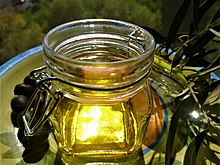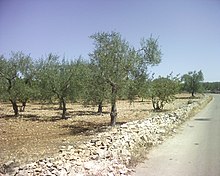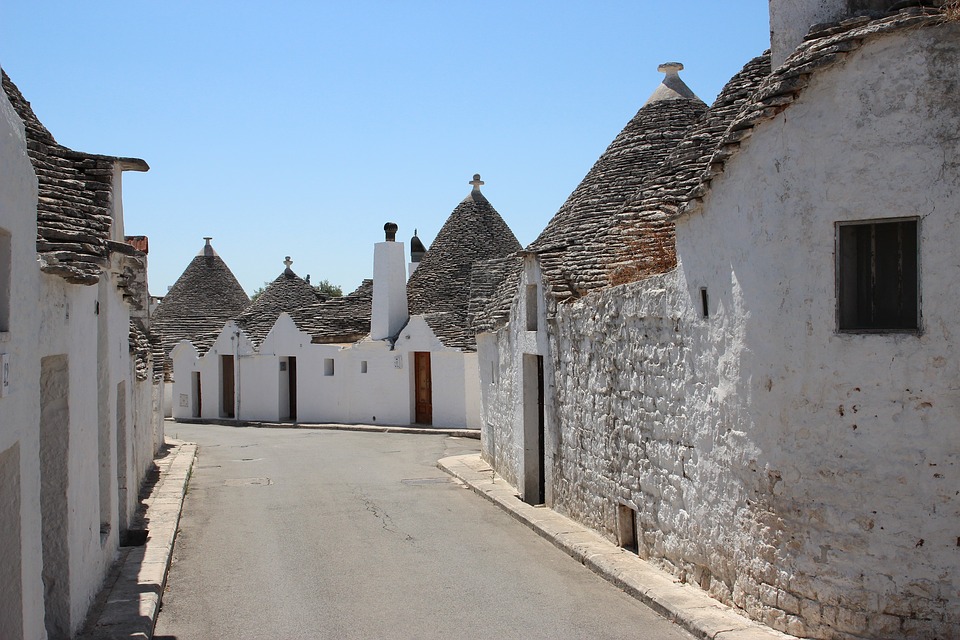I am re-introducing this blog because now that travel is back to normal, I wanted to share what a successful adventure can look like. This trip occurred in 2018, prior to the pandemic.
This is a brief account of a one month adventure in Italy by a good friend and her friends, and I had the pleasure of escorting the small group. It was a bucket list trip for my friend, so I really wanted it to be extra special. She wanted to share her adventure with some friends and relatives, whom she invited. Of course, I can't include every activity we enjoyed but I will highlight, often in the words of my friends, their favorite experiences.
The trip started at an apartment in a small non touristy village in the Lake Como area which was the base for the month. This provided my friend lots of room, quiet, privacy, a kitchen, balconies, and other amenities.
Some of the areas we visited during the month included the following:
Lake Como, and a number of surrounding communities; the spectacular Dolomites, a must-see; beautiful Lake Garda; the Barolo wine country area in Alba, Piemonte; the Italian Riviera, including Cinque Terre, Rapallo, and Portofino; the Cities of Bologna, a food lover's paradise Venice, Verona, and Milan. We did a lot but at a leisurely pace, never rushing, and making sure we took it all in. Each of these areas had its own unique flavor, and all were beautiful in their own ways: topography, cuisine, wines, traditions, and history, but they were all Italian!!
Transportation was primarily by mini van driven by me throughout northern Italy. Boats were used for transport on Lake Como to visit lake villages; and trains were used to visit Milan and between Rapallo and Cinque Terre towns. Accommodations outside of our Lake Como base included hotels and a bed and breakfast on a vineyard property in Piemonte.
We ate only in local non-tourist restaurants that I knew personally, and some others recommended by those whose judgement I trust. We looked for small villages and "off the beaten path" sights. My experience has taught me to always ask local residents where they and their families eat. As everyone knows, good food and wine for a good value, are very important to Italians. I made a point to acquaint my friends with the local area around the apartment, and the operators of restaurants and shops in our base village of Montano Lucino. Staying in an area for a month allowed us to live somewhat like the locals, and be recognized when we patronized shops and restaurants.
Here are some observations expressed by my friends: "best pizza and pasta I have ever eaten"; "nicest people I ever met"; "most interesting and beautiful landscapes and vistas ever!"; "the only way to visit, with someone who knows the language, the geography, the restaurants, sites, etc., and who handles the driving."
We agreed to having lots of free time and so we did not over plan activities. This allowed us to make some travel choices after we arrived, particularly for day trips. There was no need for guides because generally I served that purpose for us except for specialized certain sites for which we hired local experts.
Since a picture is worth a thousand words, I am including a number of photos taken on the trip.
In closing I am including a quote from a note my friend sent me after we returned home: " You so love Italy, and now I do too." Italy is infectious!!
Grazie Mille Maureen Higgins, my friend.
 |
| Lake Como |
 |
| The Dolomites |
 |
| The Dolomites |
 |
| Clients at the Dolomites |
 |
| My barber, Giancarlo, in Montano Lucino, Como |
 |
| Vilage of Varenna on Lake Como |
 |
| Paolo Manzone, our host and winemaker in Piemonte |
 |
| Clients on Gondola ride in Venice |
 |
| Dining, what else, in Como! |
 |
| wine tasting at our B&B in Piemonte |
enice
 |
| Our B&B, Vineyard and winery in Piemonte |
 |
The Roman style arena in Verona
|
 |
| The Balcony of Romeo and Juliett in Verona |
 |
| Clients outside of historical arena in Verona |
 |
Grand Canal in Venice from our hotel
|
 |
Rapallo on the Italian Riviera, our view from hotel
|



























